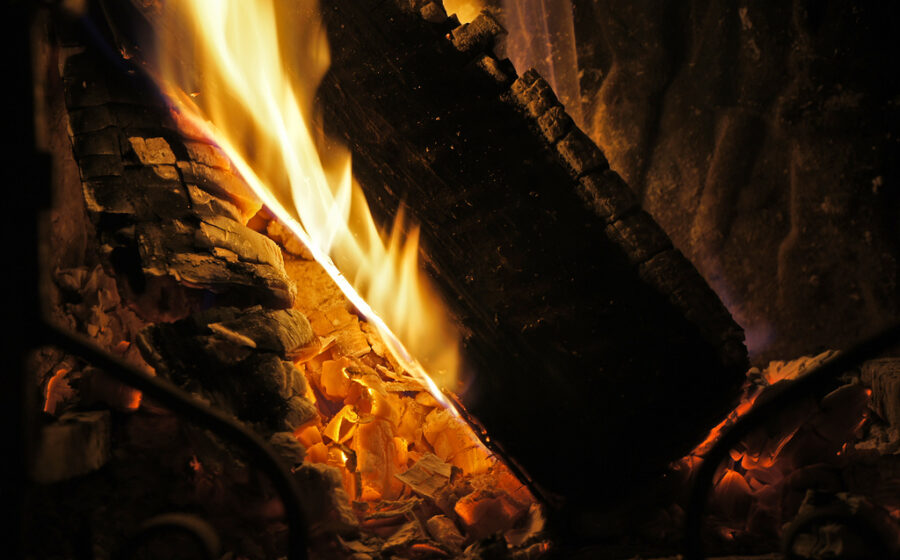A couple weeks back, the folks at Mr. Espresso sent us a couple bags of wood-fired coffee, including an espresso blend and a Guatemalan. As not just coffee geeks but design and branding geeks, we perused the packaging and the information the roastery offered about its beans. Mr. Espresso has roasted its coffee using oak wood since it started in 1978 and that rare method informs much of its branding, including its tagline.
That fact, put on such prominent display, really means something for the coffee. But what? We brewed up the Guatemalan, a lovely, cozy favorite-sweater of a coffee, and we found evidence of oak in the cup or, then again, wait, was that just suggestion making its way to our taste buds?
What Does Wood-Firing Do to the Coffee Beans?
I called up John Di Ruocco, Mr. Espresso’s green buyer, and he told me that the oak burning away under the roaster was doing plenty to the coffee, but not the things that I would expect.
“A lot of people think that the wood or the smoke is contributing flavor to the coffee,” John says. “It’s not. It’s not like smoking meat.”
Like a gas roaster, the wood flame has no direct avenue to the beans. Fans pull the hot air off the fire and fling it over the beans in the drum. The wood, being in essentially an oven, burns super hot and fast and therefore clean. There’s no smoke. The choice of wood helps. Oak burns hotter than most woods and cleaner than woods like mesquite you’d use for flavoring.
What the wood does is slow things down. John says that because oak is about fifteen percent moisture, that vapor is pulled away by the fans and sent into the drum with the hot air. That makes what he calls a gentle heat, and it arrests the drying phase of the roast and lengthens the entire roast. The espressos spend twenty to twenty-five minutes in the roaster, while drip coffees are in for fifteen to twenty. “Normally you’d bake the coffees if you did that with a conventional roaster,” John says.
In the cup, John says the roasting process presents a more balanced and sweeter cup. It rounds out the edges of espresso, which is why Mr. Espresso has stuck with this labor intensive method. There’s some romanticism to it, of course. “Just the idea that this is the way that people used to roast coffee,” he says. “Maintaining the craft and the artisanship.”
I’m pretty sure I can taste that in the cup, too.
—Cory Eldridge is Fresh Cup’s editor. Photo by Angelo Amboldi, Creative Commons.















